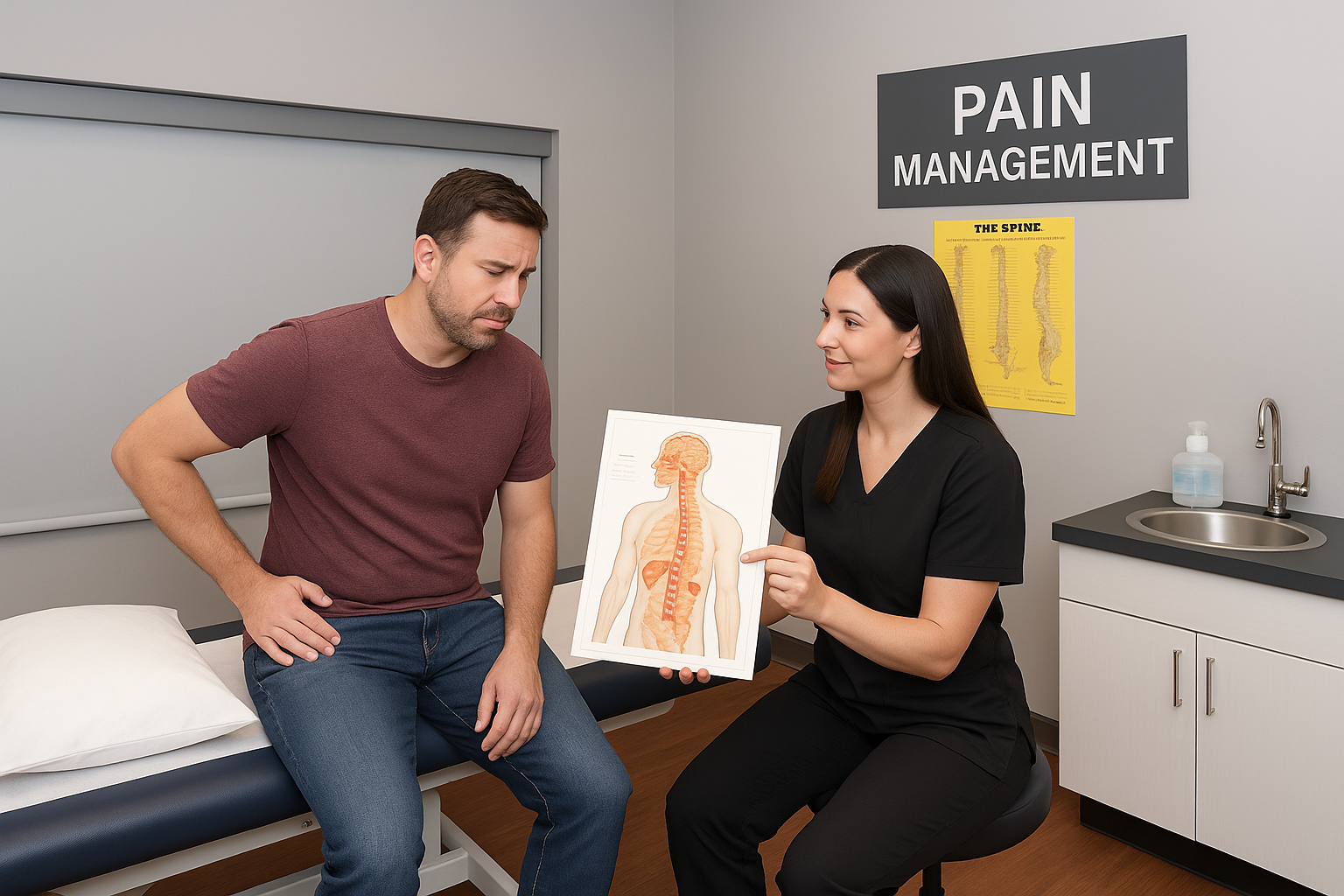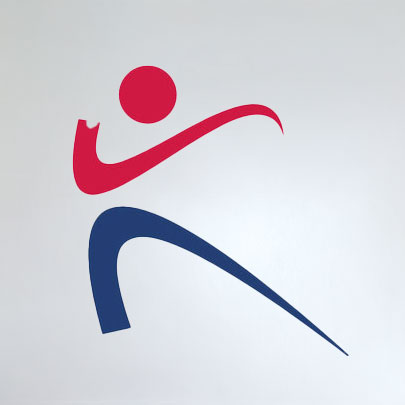Personalized Pain Management
Living with pain doesn’t have to be your reality. Shield Clinics offers personalized pain management programs designed to relieve discomfort, restore mobility, and improve your quality of life. Whether you’re recovering from an injury, managing arthritis, or dealing with chronic back or nerve pain, our team uses an integrative approach combining medication, therapeutic modalities, physical therapy, and alternative care options.
We work closely with each patient to create a customized plan based on your condition, goals, and lifestyle. Our mission is not just to treat the pain—but to treat the whole person, empowering you to live with less pain and more freedom.
Our goal is not just to mask the pain but to identify its root cause and treat it effectively. We work closely with each patient to understand their symptoms, medical history, and lifestyle factors that may contribute to ongoing discomfort. This allows us to create a customized treatment plan that addresses your specific needs while minimizing reliance on invasive procedures or long-term medications.
We also place a strong emphasis on patient education and self-care. You’ll receive guidance on exercises, posture correction, stress management, and nutritional support — all of which play a critical role in long-term pain relief and prevention. Our compassionate team is here to support and empower you through every step of your healing journey.
Pain shouldn’t define your day. At Shield Clinics, we’re committed to helping you move better, feel stronger, and live without limits.
Corticosteroids and Ketorolac (ketorolac tromethamine)
All Joints Injection
This service involves injecting a combination of corticosteroids and/or ketorolac directly into affected joints—such as the knees, shoulders, elbows, or wrists—to reduce inflammation and relieve pain. These injections are often used for patients suffering from arthritis, repetitive stress injuries, or post-traumatic joint pain. The medication helps by reducing the body’s inflammatory response and alleviating discomfort, often providing relief for several weeks to months.
Epidural Injection
An epidural injection delivers corticosteroids and/or ketorolac into the epidural space around the spinal cord. This treatment is commonly used for patients experiencing back pain, sciatica, or nerve root compression due to conditions like herniated discs or spinal stenosis. By reducing inflammation and swelling around the spinal nerves, this injection can significantly relieve pain and improve mobility.
Facets and SI Joints Injection
Facet joint injections target the small joints in the spine, while sacroiliac (SI) joint injections are aimed at the joints connecting the spine to the pelvis. Both types of injections use corticosteroids and/or ketorolac to address inflammation and chronic pain caused by degenerative changes, arthritis, or injury. These injections are useful in diagnosing the source of back pain and providing therapeutic relief for localized spinal discomfort.
Chronic Migraine Headaches
Spasticity
Botox is used to manage muscle spasticity, which refers to involuntary muscle stiffness or tightness often caused by conditions like stroke, multiple sclerosis, cerebral palsy, or spinal cord injuries. Injecting Botox into overactive muscles helps them relax by blocking nerve signals, improving movement, reducing pain, and preventing contractures or joint deformities.
Failed Back Syndrome (Post-Laminectomy Syndrome)
For patients who continue to experience persistent back or leg pain after spinal surgery, Botox injections can be used as part of a multidisciplinary pain management plan. By targeting specific muscles or nerve pathways, Botox can reduce neuropathic pain and muscle tension associated with failed back syndrome, helping improve function and quality of life.
Myofascial Pain
Botox is effective in treating myofascial pain syndrome, a chronic pain disorder involving tight, sensitive muscle knots (trigger points). When injected into these trigger points, Botox relaxes the affected muscle fibers, reduces pain signaling, and can break the cycle of muscle tension and inflammation.
Hyperhidrosis (Excessive Sweating)
Although not a pain condition, Botox for hyperhidrosis is a valuable medical treatment for patients suffering from excessive sweating—especially in the underarms, hands, feet, or face. Botox blocks the nerves that stimulate sweat glands, offering relief for up to six months and improving daily comfort and social confidence.
Platelet-Rich Plasma (PRP) Therapy
Prolotherapy
Prolotherapy involves injecting a natural irritant—often a dextrose solution—into injured or weakened ligaments and tendons. This stimulates the body’s healing response, promoting the growth of new, stronger connective tissue. It’s especially effective for chronic joint instability, lower back pain, and soft tissue injuries, helping restore function and reduce discomfort over time.
Autologous Blood Injection
This therapy involves drawing a patient’s own blood and injecting it directly into areas of chronic tendon injury or degeneration (such as tennis elbow or Achilles tendinopathy). The injection introduces healing components like growth factors and cytokines to encourage tissue repair and reduce inflammation. It’s a cost-effective alternative to steroid injections for soft tissue pain.
Percutaneous Tenotomies
Percutaneous tenotomy is a minimally invasive procedure used to treat chronic tendon pain by making small needle punctures in the tendon to break up scar tissue and stimulate healing. Often guided by ultrasound, this technique is commonly used for conditions like tennis elbow, plantar fasciitis, or patellar tendinopathy, especially when conservative treatments have failed.
Stem Cell Therapy (Coming Soon)
Stem cell therapy harnesses the body’s ability to regenerate by using stem cells—often derived from bone marrow or adipose tissue—to repair damaged tissues. Once available, this cutting-edge service will offer a promising option for treating osteoarthritis, cartilage damage, spinal conditions, and soft tissue injuries, helping patients avoid surgery and improve long-term outcomes.






